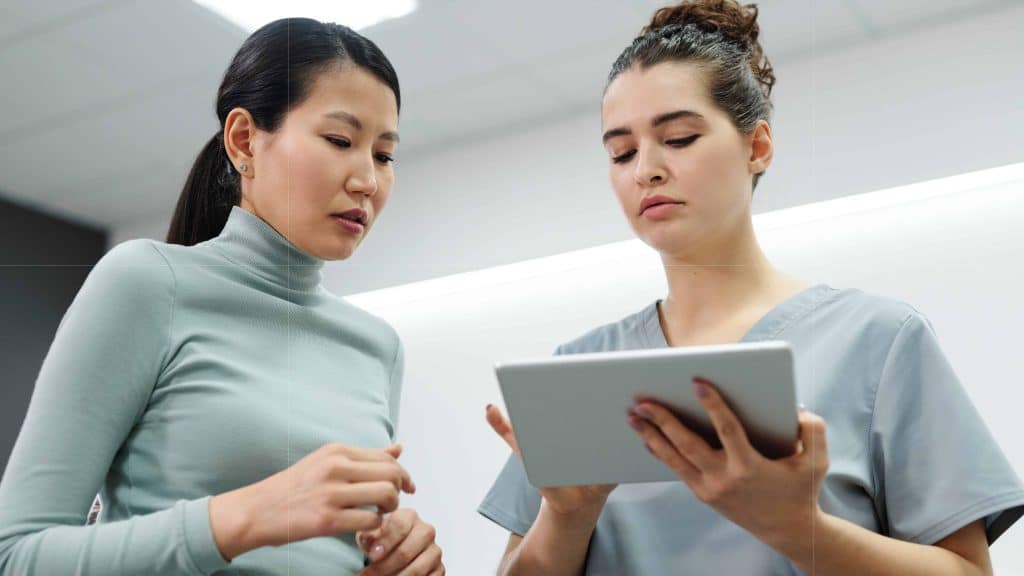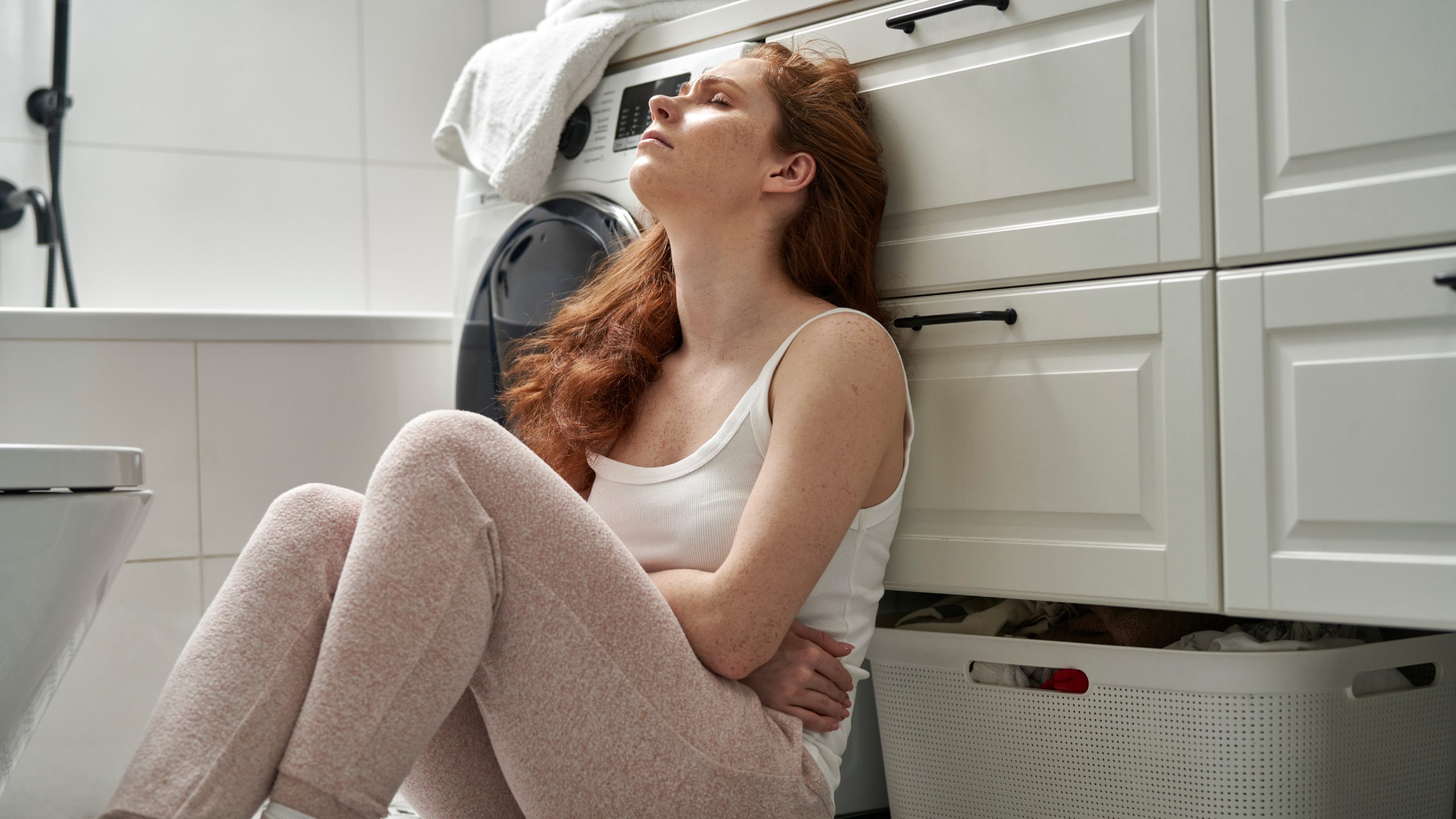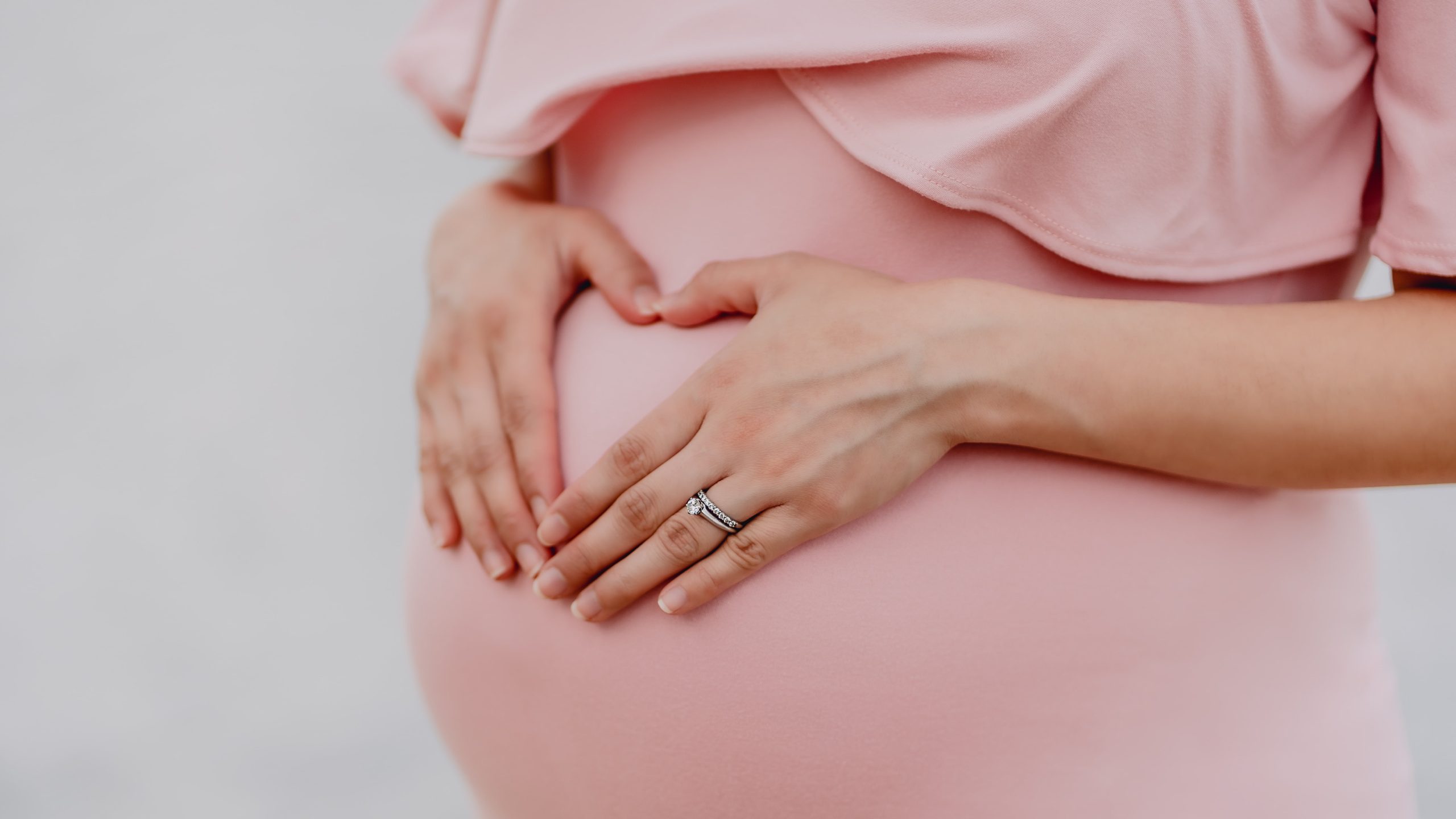“Take care of your body. It’s the only place you have to live.” – Jim Rohn
As the one and only resident of your body, it’s up to you to take care of it – and to be aware of it. Everyone’s body is different, and what can be normal for one person could be an issue that needs attention for someone else.
One of the areas where you need that awareness is surrounding your menstrual cycle.
- How much do you bleed?
- How long do you bleed?
- Do you experience pain and if so, where and how much?
We develop awareness of our menstrual patterns in the months after we began to get our period. Within a year or two, most young women can tell you what getting a normal period is like for them.
That’s important.
When you know what “normal” is for you, you can tell when you’re experiencing something abnormal.
Cycle abnormality and uterine fibroids
Abnormality in your cycle might indicate a happy occasion, as when you get pregnant after hoping and trying.
But often these abnormalities are not pleasant.
Changes such as:
- Heavier bleeding
- Longer periods, even lasting longer than a week
- Pressure or pain in the area of your pelvis, during or after your period
Those are unpleasant, unwelcome changes in your body’s rhythm. One of the most common causes for the above changes is uterine fibroids.
Uterine fibroids are benign masses of cells that grow in and out of the uterine wall. They’re found in an estimated 20-40% of the pre-menopausal adult female population although their actual incidence may be even greater. Recent studies have indicated that for a woman over 45, her likelihood of having or developing a uterine fibroid is over 60%.
Some fibroids don’t interfere with the body’s rhythm, and go undetected. Others interfere significantly, with the bleeding, pain and cycle changes mentioned above.
Large and growing fibroids effectively expand the uterus’s size and body position. Just like in pregnancy, where the expanding uterus pushes on the organs around it, so can the fibroid, pushing on the body parts around it, and cause:
- Frequent urination
- Inability to empty the bladder completely
- Constipation
Depending on the size and position of the fibroid, it may even make you look bloated or like you’re in early pregnancy.
What causes uterine fibroids?
Direct causes have been hard for science to define. Multiple genes seem to be responsible for the development of uterine fibroids.
Estrogen and progesterone hormones appear to be instrumental in their growth, which is why they appear in women of childbearing years and tend to shrink after menopause.
Other risk factors (although no direct “causes”) include obesity, polycystic ovary syndrome, diabetes, hypertension, family history of fibroids and being of African descent.
Are uterine fibroids dangerous?
Fibroids are usually more annoying and painful than dangerous. Having said that, they can lead to anemia from the blood loss of heavy periods. Blood count should be periodically monitored and iron supplements taken if necessary.
They usually do not interfere with pregnancy, but on occasion can cause infertility or pregnancy loss. If you’re dealing with infertility issues or multiple miscarriages, uterine fibroids should be one of the things investigated.
Be aware.
You’re the one and only resident of your body, and you know the territory best. Be aware of your body’s rhythms. If you experience any abnormalities, especially if they’re painful, unexplained and interfering with your life and functionality, look into it. Take care of yourself – you deserve to live a normal life.



























